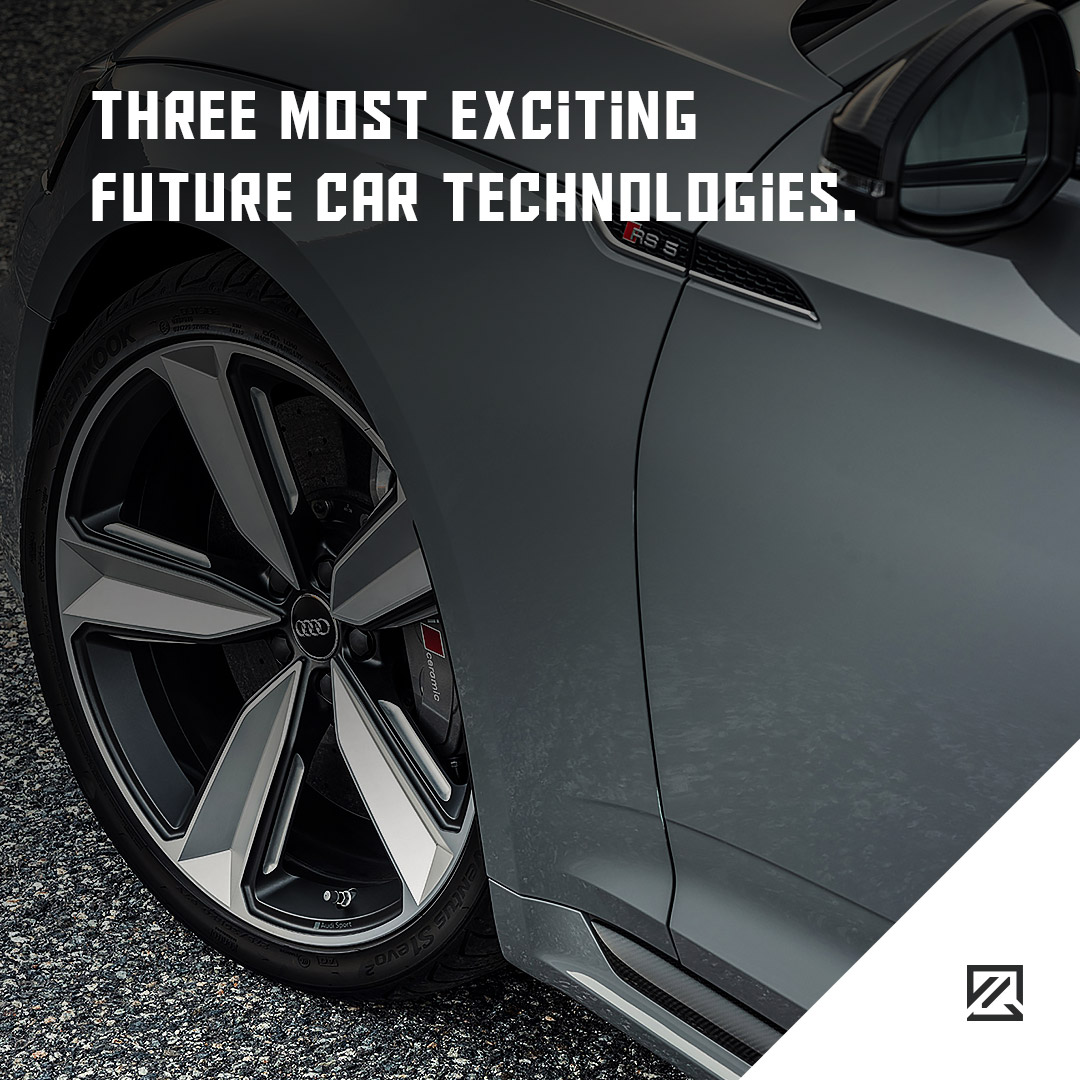Three Most Exciting Future Car Technologies
While driverless cars may be a reality in the not too distant future, before then, we expect to see many new and exciting technologies emerging in the car industry. In most cases, technology is focussed on making the roads, and our cars, safer. So, what features might we expect to find in our future vehicles?
1. Communicating cars
One type of technology that may appear soon is vehicles that can ‘talk’ to each other and objects around them. For example, if a car unexpectedly comes into your path, then ‘vehicle to vehicle’ communication can be applied which can help your car to swerve safely or apply the brakes. Communication between vehicles could help to identify speed, direction and location so that your car knows the safest steps to take.
Furthermore, this technology is also being developed for ‘vehicle to infrastructure’ communication. This would mean that cars can recognise and act upon road signs. It could also understand traffic signals and act accordingly, such as stopping at a red light. Combined vehicle to vehicle communication and vehicle to infrastructure communication can all contribute to reducing crashes and minimising accidents.
2. Augmented reality dashboards
As technology progresses, we will see in-car displays go further than the infotainment system. Cars will soon be able to display advanced information and warning signals on the windshield. Currently, BMW offers a windshield display for basic information. However, as technology progresses, there will be more development in this sector. For example, there could be an augmented reality overlay that identifies objects, calculates the distance and danger.
Augmented reality windshields can help you to get in the right lane, and turn when you need to without your eyes ever having to leave the road.
3. Energy storing car parts
One of the main concern about batteries in hybrid and electric vehicles is the weight and space they take up in the vehicle. One solution to help with this issue is energy-storing body panels which can store energy and charge quickly. The body panels are designed to be lightweight, using carbon resin so they can retain their strength but significantly help to reduce the weight of the car.
The energy captured in the body panels could include solar power as well as catching energy from regenerative braking. Once we have found ways to capture the energy and store it within the vehicle, car manufacturers can work on creating more efficient, lightweight vehicles.

